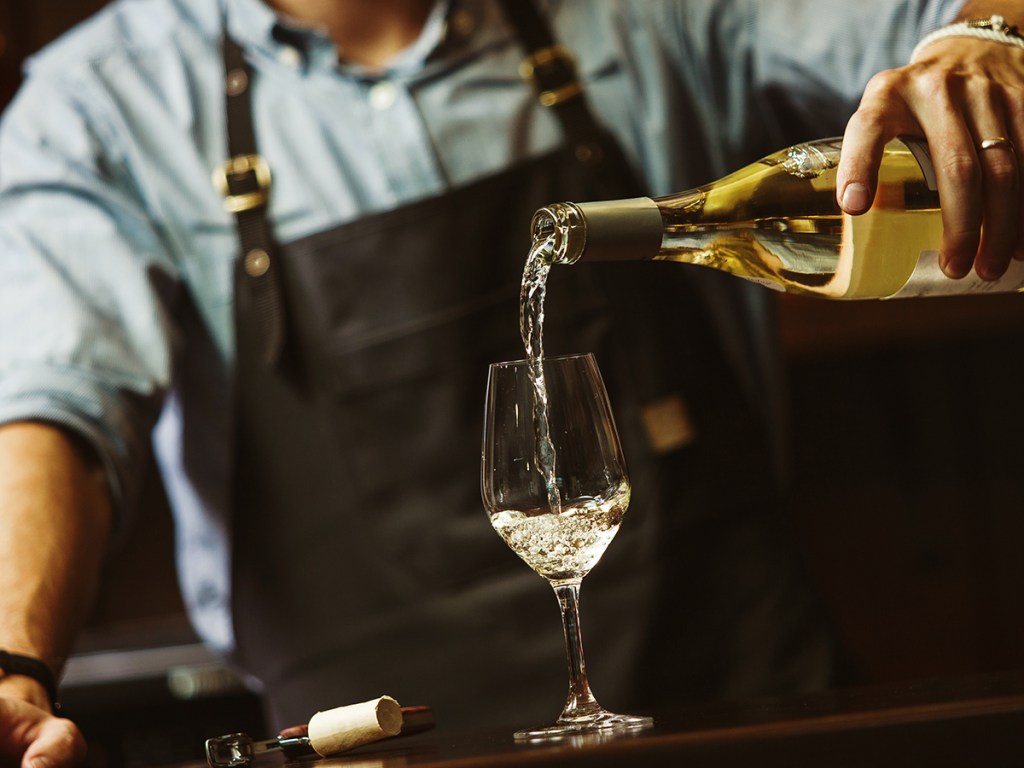Driven by increasing consumer demand, no- and low-alcohol beer/cider, wine, spirits, and ready-to-drink (RTD) products grew by more than +7% in volume across 10 key global markets in 2022, according to global liquor analysts, IWSR.
The pace of growth is expected to surpass that of the last four years, with forecast volume CAGR of +7%, 2022-26, compared to +5%, 2018-22. No-alcohol will spearhead this growth, expected to account for over 90% of the forecast total category volume growth.
Among the 10 focus markets examined in the December 2022 release of the IWSR No- and Low-Alcohol Strategic Study (Australia, Brazil, Canada, France, Germany, Japan, South Africa, Spain, the United Kingdom, and the United States), the market value of no/low alcohol products in 2022 surpassed $11billion, up from $8 billion in 2018.
“The dynamic no/low-alcohol category presents opportunities for incremental sales growth as consumers are recruited from drinks categories such as soft drinks and water,” says Susie Goldspink, Head of No- and Low-Alcohol, IWSR Drinks Market Analysis.
“Brand owners have an opportunity to recruit non-drinkers of alcohol.
“As more people opt to avoid alcohol on certain occasions – or abstain from it altogether – no-alcohol is steadily increasing its share of the no/low category.”
No-alcohol products spearhead overall category growth
No-alcohol volumes grew 9% in 2022, increasing their share of the overall no/low-alcohol space in the world’s 10 leading no/low markets to 70%, up from 65% in 2018.
“No-alcohol is growing faster than low-alcohol in most markets,” says Goldspink. “The countries where this does not apply, such as Japan and Brazil, are early-stage low-alcohol markets with a small volume base.”
Improved taste, production techniques, and a diversification of consumption occasions, are driving no-alcohol’s dominance over low-alcohol in many markets.
IWSR expects no-alcohol volumes to grow at a compound annual growth rate (CAGR) of +9% between 2022 and 2026.
No-alcohol beer/cider spearheads growth
No-alcohol beer/cider will contribute nearly 70% of the overall no/low-alcohol growth between 2022 and 2026.
Almost all of the no-alcohol RTD growth will come from the US and Japan, says IWSR, whereas no-alcohol wine growth is expected to be more fragmented, but positive, across markets.
No-alcohol spirits will see some of the more dynamic growth, as brand owners invest in innovation, and products are given more space by retailers and the on-trade.
Low-alcohol is expected to grow at a 2% volume CAGR, 2022-26, with much growth driven by the low-alcohol beer and wine categories.
The US is the dominant driver of low-alcohol wine, with early seeds of innovation and traction in others.
A maturing consumer base for no/low-alcohol
No/low consumers are maturing at a global level, with Millennials the largest age group.
Switching between alcohol and no/low is common, both in the same occasion and between different ones. IWSR says 78% of consumers of no/low products also drink full-strength alcohol; the largest subset (41% of no/low consumers) are classified as ‘substituters’, who choose no/low products when avoiding alcohol on certain occasions.
However, ‘abstainers’, who refrain from drinking alcohol altogether, account for 18% of no/low consumers, and their numbers are rising in most markets, with younger legal-drinking-aged consumers at the fore. The ‘abstainers’ group has changed most in size in the past year, with nine out of 10 markets seeing an increase.
Consumers opt for no/low-products more often
As no/low products permeate a wider variety of occasions – low-alcohol often in low-key social settings, no-alcohol alone or unwinding with a partner at home – newer recruits to no/low are increasing their frequency of consumption.
With people motivated to drink no/low by lifestyle, rather than necessity, growth is now being driven both by recruitment of new consumers and by greater participation.
Daytime consumption of both no- and low-alcohol has increased this year, signalling potential for the category to expand beyond alcohol-replacement occasions.
“This pattern of avoiding alcohol on certain occasions or altogether is driving no- over low-alcohol growth,” says Goldspink.
“Pair this with the rise of functional beverages – often containing ‘mood-enhancing’ adaptogens or nootropics – and the result is a strong outlook for no-alcohol.”
Product availability is the key barrier to further consumption for consumers of no/low
The biggest challenge facing the no/low category is one of availability, says IWSR.
In many markets, no/low products lack visibility in the mainstream on-trade; among retailers, there is often confusion about where they should be displayed – in the beer/wine/spirits aisle, among soft drinks, or on their own. In both channels, the choice of products is often limited.
Cost has become less of a barrier for non-consumers of no/low-alcohol, dropping from 14% in 2021 to 7% in 2022. Despite the cost-of-living crisis, cost as a barrier to purchase currently remains unchanged among those who do consume no/low drinks. Where no/low is established, prices are similar to equivalent full-strength alcohol categories.
Did you know?
There are six ways you can catch up with The Shout NZ?
Our print magazine – new issue out soon! Subscribe here.
Online, updated daily with its own unique content and breaking news.
Our weekly newsletter – free to your inbox! Subscribe here.
Our digital magazines – the latest issues are online now.
We are also on Facebook and Instagram!


